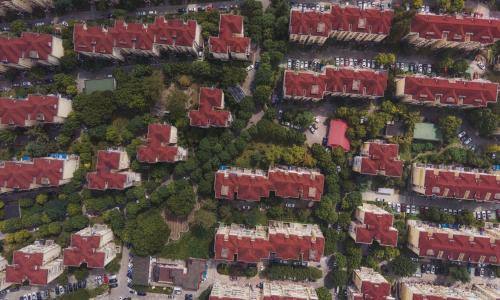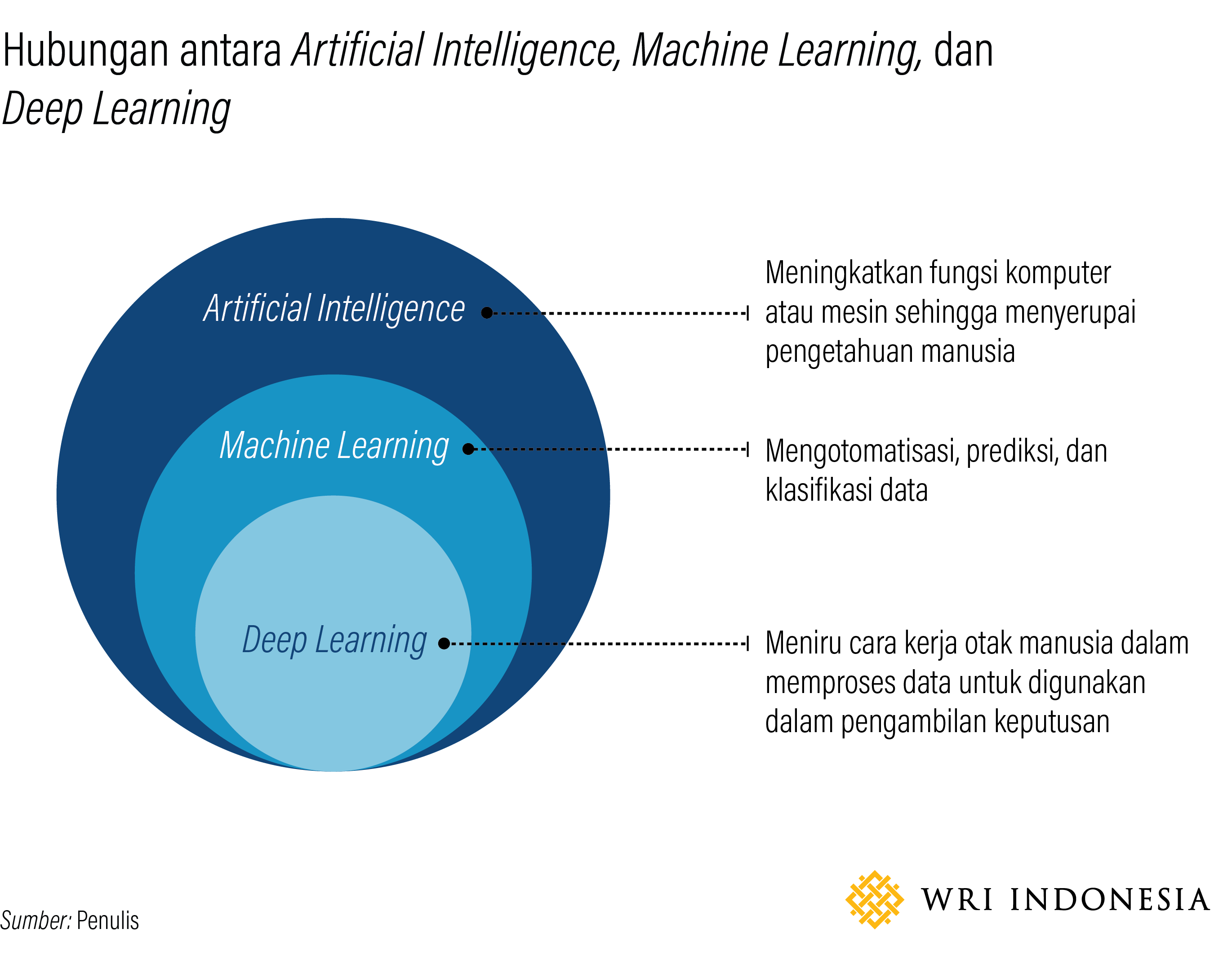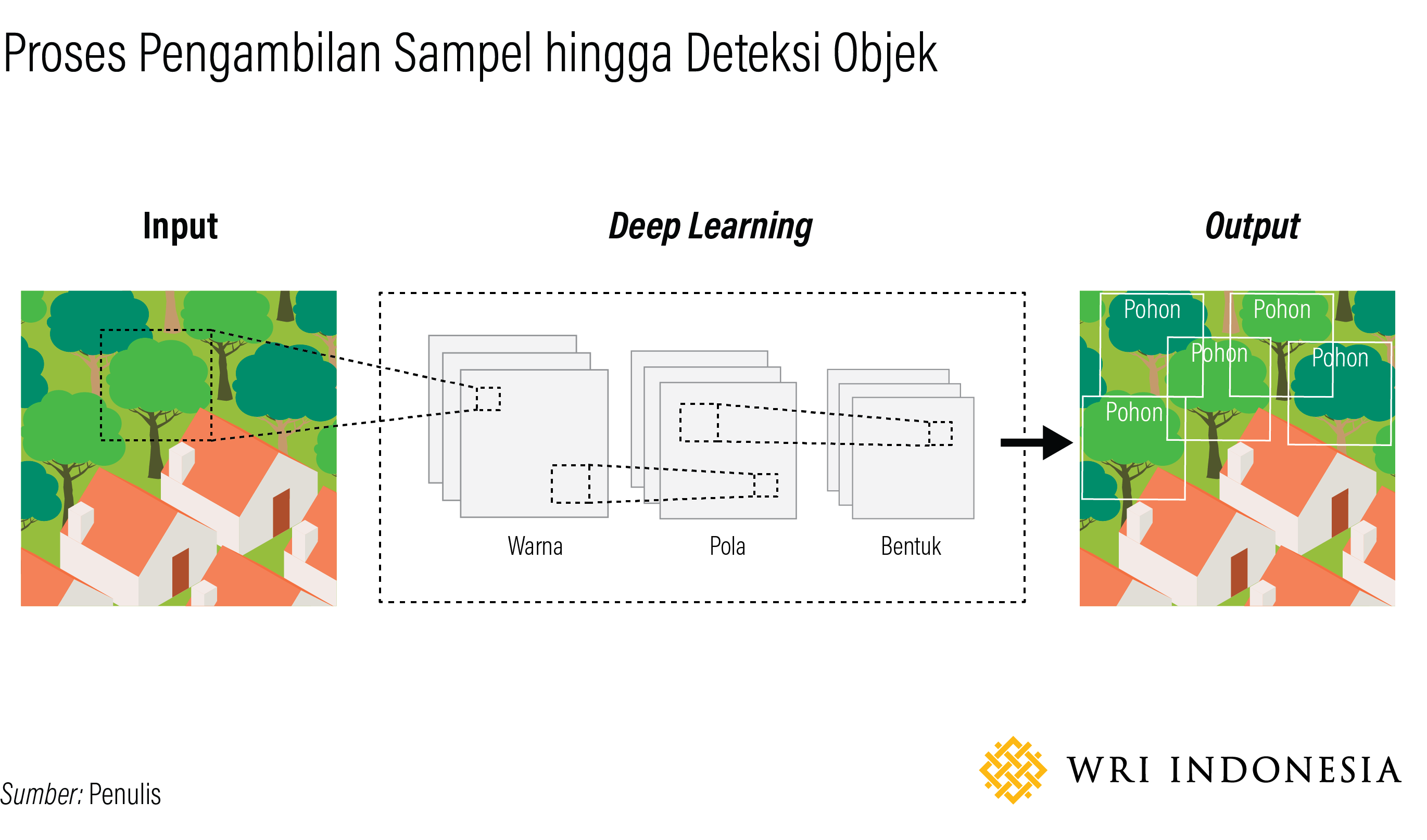
Utilizing Artificial Intelligence in Urban Greening Efforts
In 2019, Jakarta was put under the spotlight for the highest pollution level in the world, surpassing other cities such as Shanghai (China) and Karachi (Pakistan). The Jakarta government was forced to take immediate actions, including issuing Governor Instruction No. 66 of 2019 concerning air quality control. Among the measures covered by the instruction was emission offset through tree planting, especially trees with high pollutant absorption capacity.
David J Nowak, a senior forest scientist from the United States Department of Agriculture, in his publication The Effects of Urban Trees on Air Quality states that tree management is part of improving air quality. Maintaining tree cover, especially large and healthy trees, is among the alternatives.
Considering the important role of trees in improving air quality, the Jakarta City Government issued Governor Regulation No. 24 of 2021 concerning tree management and protection. The governor regulation laid out the technicalities of setting up a tree database. What is the information to be made available in the tree database? This includes information on spatial coordinates, location, species, physical conditions (such as trunk diameter, total height, crown diameter, age, health) and tree planting time. There are two ways to set up such tree database, either directly (field survey) or indirectly. Creating a tree database using geospatial technology can be an effective monitoring tool to measure carbon and pollutant absorption to ensure that tree management policies are more effective.
Technology in Tree Data Collection in Urban Areas
Spatial databases are the perfect medium for tree databases and they help managers look at data historically and comprehensively. This allows for records tracking for each individual tree based on the location stored in the spatial database. Such tree data is collected through field surveys and deep learning approaches. While field surveys aim to collect data on species, number and condition of trees in a limited space, deep learning is used to estimate the number of trees on a wide scale. These two methods can complement each other to obtain accurate information.

The DKI Jakarta Forestry Service team collects tree data through a field survey. Credit: Ahmad Sahab
As the name implies, field surveys require researchers to go directly into the field to produce comprehensive data on tree condition, such as trunk diameter, height, canopy size, damage to plant organs and root zones. However, there are many challenges to overcome in field data collection as they are time consuming and labor heavy. In addition, interference on the device’s GPS signal is common in bad weather conditions, which can reduce accuracy in pin pointing the tree location.
On the other hand, deep learning relies on artificial intelligence. Deep learning is part of a machine learning algorithm that can extract features (the information we need from the data) automatically. We can provide a sample of data on tree locations and canopy areas to be processed with non-linear transformations by a layered algorithm in deep learning to produce a base of locations and canopy areas across Jakarta. For high accuracy in deep learning, a large sample of tree data is needed. However, this method cannot identify tree species and thus is limited to collecting data on tree locations and canopy areas.

Governments, scientists and IT developers have been developing ambitious artificial intelligence projects for environmental protection. One is being developed by a city in Australia, where the deep learning data is not only used for taking stock of trees, but also for managing tree maintenance and preventing land fires in urban areas.
The DKI Jakarta Provincial Government has been using the deep learning method to take inventory of trees. Deep learning is believed to be able to map thousands of additional trees outside of those mapped through field surveys considering it is difficult for the government to track trees that grow and are planted on private lands. Deep learning through satellite imagery and aerial photos will help increase the effectiveness of tree inventory. In this process, data source is key, where more variations of input data will result in a more optimal deeper learning process.
Artificial Intelligence in Urban Tree Inventory
In the future, deep learning can be used to produce real tree counts, with the hope that governments and policy makers will have a better understanding of how deep learning processes work. Humans can enter aerial photos or satellite images of tree covers to be run by deep learning on a hardware to study the tree characteristics from color, texture, size, distribution pattern and shape to their relationship with the objects around them. Deep learning can identify any cluster of trees at a specified location.

Data collection on trees with the aid of artificial intelligence can accelerate the process of making tree databases available, which in turn may help the Jakarta Government set up a master data on tree population or Urban Tree Database (UTD). Such data on tree population is important as it can be used to measure tree ecosystem services.
The Jakarta government and community must consider trees assets, considering the ecosystem services they provide in absorbing pollution, reducing floods and preventing climate change. The size of tree ecosystem services is influenced by the size of the population as well as the type and size of the tree. A comprehensive tree database can help in reducing environmental problems in urban areas. For example, a tree database can be used to monitor the physical condition of trees to reduce incidence of fallen trees.